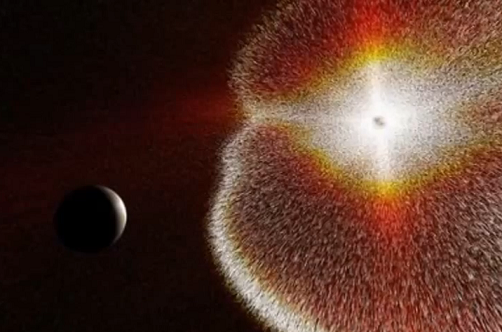| Online: | |
| Visits: | |
| Stories: |
Weird Space Bubbles May Have Caused US Battle Deaths (Video)
Monday, September 29, 2014 16:22
% of readers think this story is Fact. Add your two cents.
(N.Morgan) During the US military siege known as Operation Anaconda in March 2002, a very rare and strange occurrence happened that left 3 soldiers dead, after failing communications. Bad communications plagued Operation Anaconda, and now researchers say that a strange space weather phenomena was to blame: plasma bubbles. These wispy clouds of electrically charged gas particles form at night in the upper atmosphere. Typically around 100 kilometers (62 miles) wide, the bubbles can’t be seen but they can bend and disperse radio waves, interfering with communications.
Joe Comberiate, a physicist at Johns Hopkins University’s Applied Physics Laboratory, is a co-author of the new study along with colleague Michael Kelly. They examined atmospheric conditions during the battle that were recorded by a passing NASA satellite.
History of Operation Anaconda: In March 2002 was one of the biggest military operations of the war in Afghanistan, pitting several thousand U.S., NATO and Afghan forces against Taliban and Al-Qaeda militants.
At one point in the early hours of of March 4, a team of Navy Seals found themselves trapped on the slopes of Taku Ghar, a snow-covered mountain dividing remote hostile valleys. The Seals warned a U.S. Chinook rescue helicopter with 21 men aboard not to land on the peak because the enemy had it surrounded, but the message wasn’t received. The chopper landed and three men died in a firefight.

More Stories Contributed By N. Morgan







Can`t be seen but it`s there, trust us we`re scientists.
Nice voice on the video. Sexy robot…bot